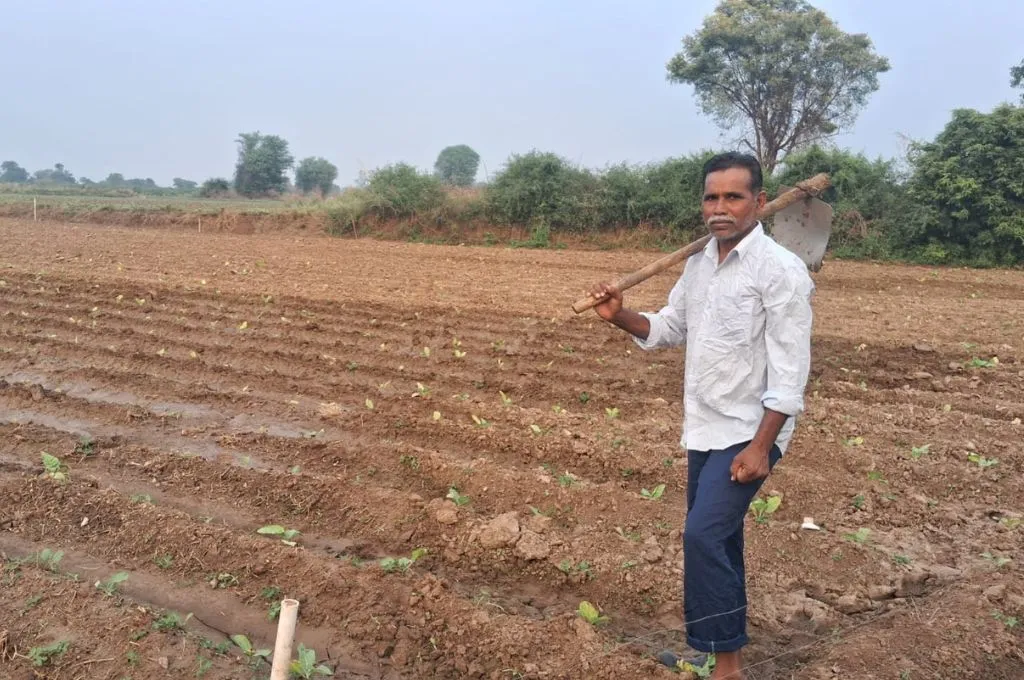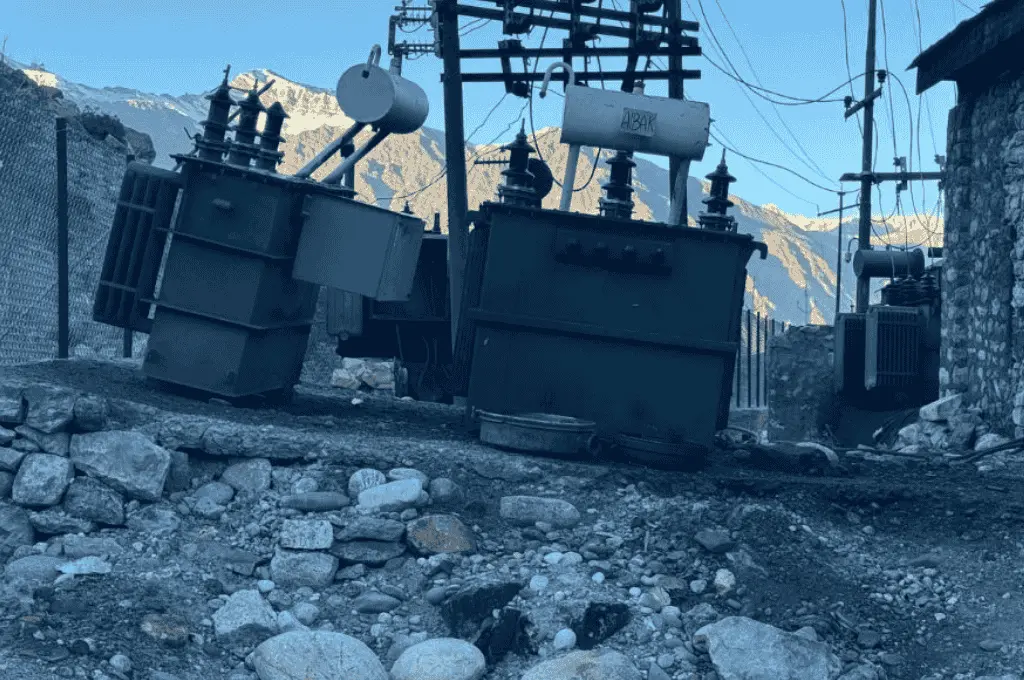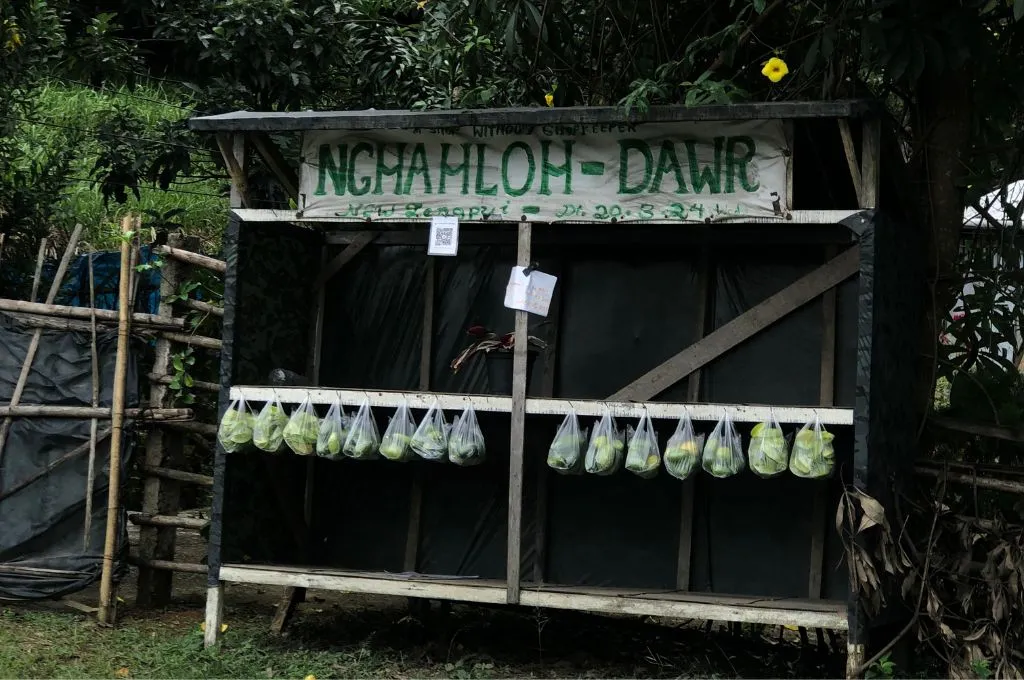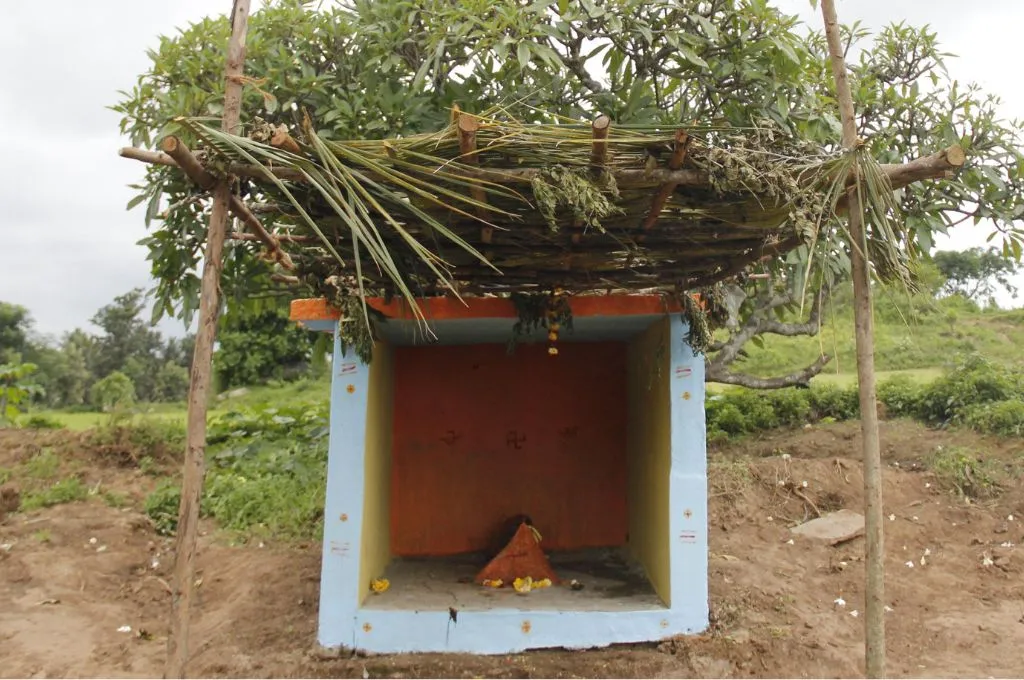READ THIS ARTICLE IN
The Khiamniungans in Nagaland speak kindly to the honey bees

I am a film-maker based in Choklangan village of Noklak district, Nagaland, and belong to the Khiamniungan tribe. In 2022, I made a documentary titled Honey Hunters, focusing on the cliff honey hunters and the process of honey harvesting practised by my people.
Honey hunting and harvesting is a traditional occupation for my tribe. In the past, honey was collected and used by my community for self-consumption, while honey wax was bartered for salt with the people in Myanmar because our village shared its border with the country. However, due to the ongoing conflict in Myanmar, this trade is no longer possible.
During my research, I had a first-hand experience of the entire harvesting process, and learned that the tribe’s relationship with the bees is not just utilitarian. Our people in Choklangan have deep respect for the bees. They believe that the bees are the owners of the cliff and we are mere collectors. This belief reflects in the hunting and collection process.
While harvesting, the collectors ensure that the kindest person among them leads the group so that they can communicate well with the bees. He tells them, “We have come here today, please make space for us by shifting somewhere else.” The honey hunters then make fire and chase the bees off with the smoke and the bees quietly move towards another cliff, giving the collectors enough time and space to collect the honey. I was told that there was an instance when the hunters went fully equipped but did not speak politely to the bees, and they failed to collect any honey.
The first person to climb the cliff must collect the initial honey and share it with the group. As a precaution against bee stings, everyone applies the honey on their skin. Additionally, the first person to taste the honey must say, “The honey is bitter.” The locals believe that if the queen bee hears that the honey is sweet, soon the bees will consume it all.
The honey harvesters of Choklangan harvest honey twice a year; the first harvest period (in the month of April/May) is called miulei and the second harvest period (October/November) is called nyamtso. A large hive can yield 20–25 litres of honey. The honey hunters also believe that harvesting more honey increases production in the following year.
But as with the collection, the extraction process is labour intensive and time-consuming since the hive has to be broken down into smaller pieces. With urbanisation, the younger generations are also moving towards other occupations such as government jobs and entrepreneurship.
I am now trying to revive the practice of cliff honey harvesting through films and public outreach, which could help me get the support of nonprofits and the government. I believe that Choklangan has the potential to supply honey to all of Nagaland, and even export internationally, in the long run. However, the honey hunters need better equipment to make their work safer and easier.
Thangsoi M Khiamniungan is a documentary film-maker based in Nagaland.
As told to Keletsino Mejura, IDR Northeast Fellow 2024–25.
—
Know more: Learn why civil society organisations are against commercial oil palm plantations in Nagaland.
Do more: Connect with the author at thangsoimkhiamniungan@gmail.com to learn more about and support his work.



